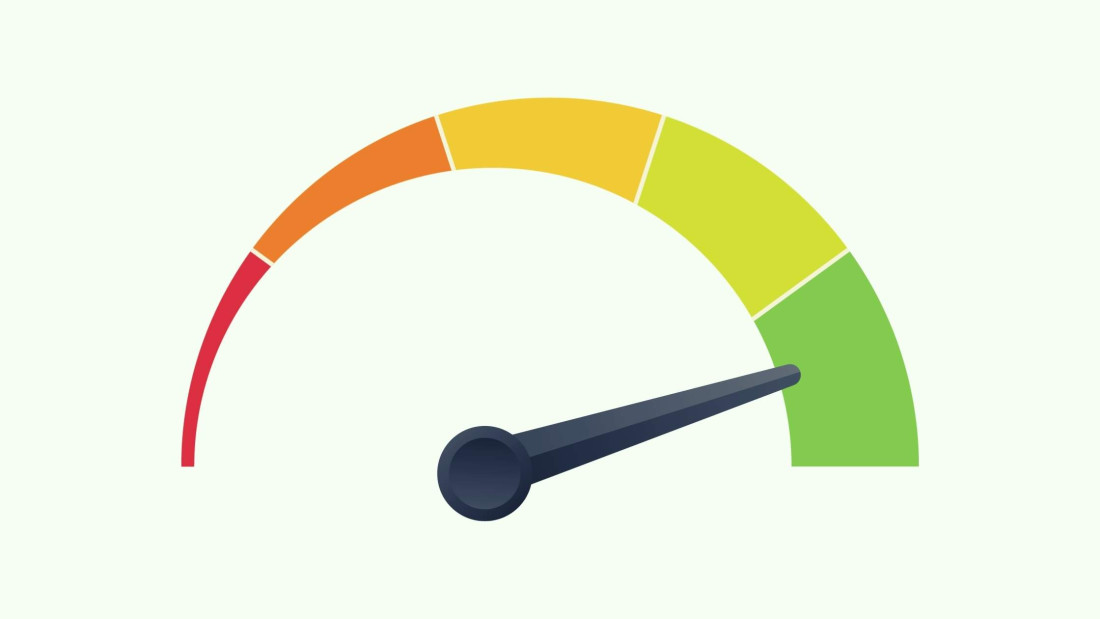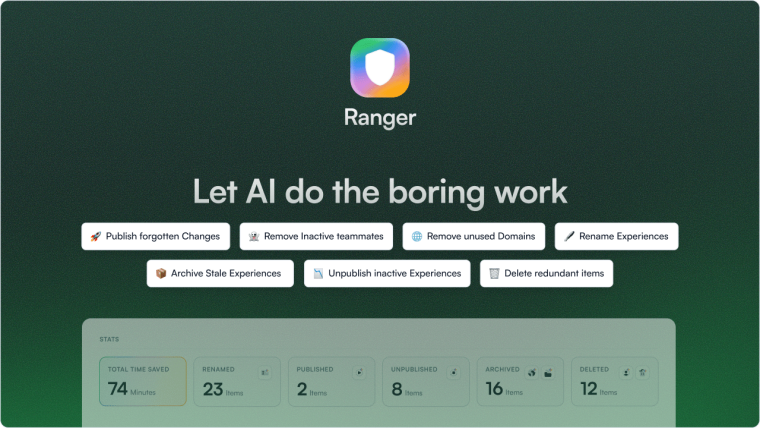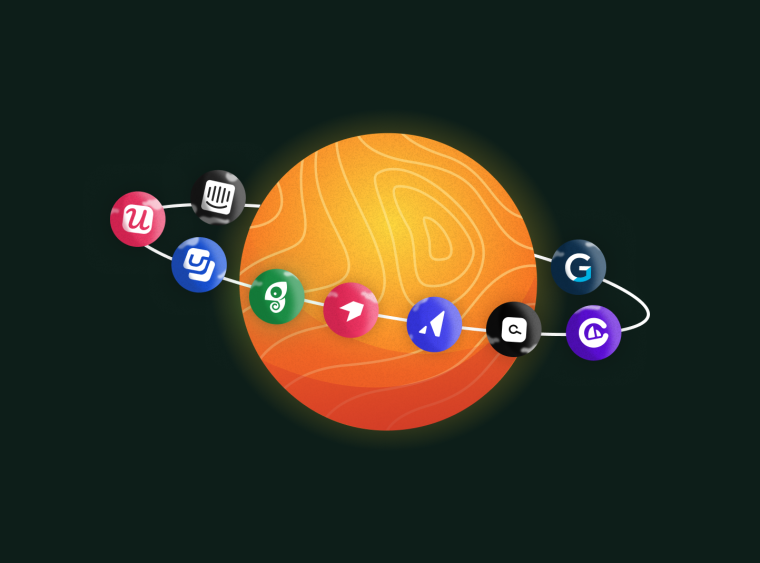Ever found yourself saying: “In hindsight, we really should have…”? Us too. Hindsight is a superpower. Literally. Carlton LaFroyge, otherwise known as Hindsight Lad, first hit Marvel comic books in the early ‘90s. His gift? The ability to discern tactical strategy after the fact.
Better late than never, right? Unfortunately, we can’t rely on hindsight when it comes to SaaS customers.
Your customer health score (CHS) trumps hindsight. It gives your product team the ability to discern a tactical strategy before something happens. In this case, a user churns or renews at neutral.
Define the customer health score
Walk you through how to measure your customer health score
Break down customer health score metrics worth tracking, per industry
Help you get buy-in for tracking this health score
Walk you through where else you can benefit from your data
We’ll close the article out with ways you can keep your customer health score high. Sit back, we’re about to give you a superpower worth shouting about.
What is a customer health score
A customer health score is an accumulation of predetermined data points that signal whether a customer is likely to churn, grow, or renew a contract at the same rate.
A customer health score is guided by a scorecard. This scorecard covers the percentage outcome any customer can be assigned and flags customers as green, yellow, and red.
🟢 Green: A happy customer – less likely to churn, more likely to increase and grow their contract with you.
🟡 Yellow: A customer with a medium health score – may churn, or may be retained at the same contract with you.
🔴 Red: A customer with a low health score – at high risk of churning and potentially leaving a negative review.
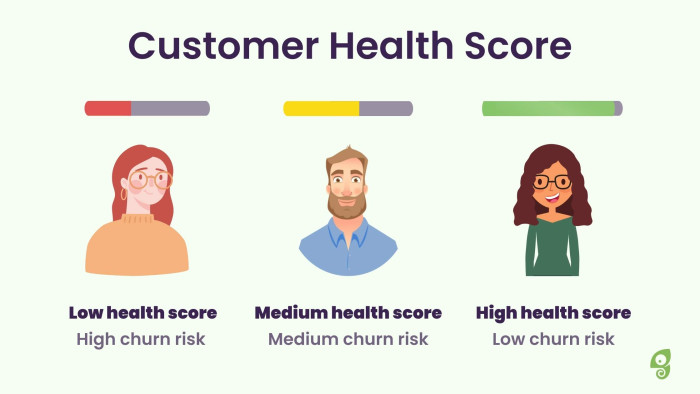
With this scoring system in place, your team will know your customer’s most likely next steps, depending on the color the customer lands in. Each bracket will determine the actions every internal stakeholder needs to take to prepare for those steps.
For example, if a customer is flagged as red, you’ll need to implement customer retention strategies as soon as possible, before their contract is up for renewal.
Why is monitoring customer health important?
When you monitor customer health, you’ll see so many more opportunities than purely fighting customer churn.
A few more benefits you’ll begin to see for your SaaS business are:
More informed decisions on future product and feature development
Reduced churn by regularly checking the pulse on user sentiment
Increased customer satisfaction, retention, and lifetime value
Increased customer acquisition and revenue via referrals
Improved and truly user-centric customer journeys
How to measure and calculate your health score
This isn’t the be-all and end-all for a customer health scoring system, though. It’s a common way to calculate the score. You can run this customer health score template formula through a spreadsheet to automate the process.
1. Segment your users
A customer health score is typically measured around the three pillar metrics: frequency, breadth, and depth.
⏱️ Frequency: How often are customers using your product and how long are they hanging around for?
🧑🏾🤝🧑🏽 Breadth: How many users within one payment plan/account are benefiting from your product?
🏊🏾♂️ Depth: How many of your product’s features are users benefiting from?
However, these pillar metrics may not always be relevant to your product, or to a particular user base or user price plan within your product.
You're likely already seeing a couple of potential problems with these three pillars.
Firstly, certain accounts may not need more than one user within your product due to their team and business size. Secondly, certain plans may not include some of your product’s best features, so users on smaller plans can’t actually access them.
To combat the above problems, start by segmenting your users based on their personas and/or pricing plan.
2. Determine impactful customer actions
Next up, you’ll want to decide which in-product actions are impactful to your customer’s health score.
A few actions to consider alongside frequency, breadth, and depth are:
Integrations
In-app purchases
Customer support tickets raised
In-product engagements
Activations
Self-serve actions
💡 Keep in mind that not all impactful customer actions are necessarily positive experiences.
3. Assign impactful actions a priority and score
Once you’ve pinned down those impactful customer actions, you can assign each action an impact score number (out of 10) depending on their priority and importance to your customer’s health.
💡 You can benchmark these numbers if you’re unsure of what weight to give each action. Look at churned and power users, and label what they’re doing (or did) in your product to get to where they are.
Let’s take the above list, for example. Here, you’ll most likely prioritize in-product engagements over integrations.
So, your impactful action score could look something like this:
Integrations: +2
In-app purchases: +4
Customer support tickets raised: -5
In-product engagements: +8
Activations: +8
Self-serve actions: +6
💡 Some of your actions will warrant a health deduction. Add deduction rules for when red flag actions are taken or very important actions are not taken at all.
4. Track the number of times a user takes each action
First, you’ll need to decide on a CHS assessment period, depending on your contract timeframes and average customer lifetime. Perhaps, you’ll want to be running a CHS assessment once a month, a quarter, or even a year.
Once you’ve decided your period of time, track the number of times a user takes an action within that time frame, and multiply it by the impact score.
It will look something like this:
Integrations: +2 x 7 = 14
In-app purchases: +4 x 2 = 8
In-product engagements: +8 x 36 = 288
Activations: +8 x 9 = 72
Self-serve actions: +6 x 7 = 42
Customer support tickets raised: -5 x 1 = -5
This could be something you automate and keep checking the movements in the customer health scoreboard on a regular basis. You can use it to keep an eye on the global score, as well as individual health scores.
Assessing historical data and monitoring behavior metrics and real-time data will help you uncover unhealthy customers and issues that require your immediate attention before it's too late.
5. Add all action results together
Fabulous. Now you’ll want to add all of these scores up and subtract those negatively impacting actions.
Going on our example above, you should have a health score of: 419.
6. Align your result alongside your customer health scorecard
Lastly, it’s time to align your result alongside your customer health scorecard. Some SaaS businesses choose to create this scorecard alongside a percentage scale, while others stick to the numerical format we’ve used here.
Either way, your scorecard should dictate the health of your customer clearly, and suggest the actions you need to take to improve on any result.
Checking the pulse on customer satisfaction: Assess your current state
Your customer health score is not your customer satisfaction score. You’ll always want to be monitoring customer satisfaction, alongside your above efforts, and consider this score when assessing your customer’s health as well.
Just because someone is taking all of the impactful actions you like to see within your product, it doesn’t mean they’re happy with it. Maybe it’s just the best solution they have right now for executing their job-to-be-done.
There are a few ways you can measure and monitor customer satisfaction.
CSAT surveys
In-product customer satisfaction (CSAT) surveys are used to understand the level of customer satisfaction with your product, service, specific features, onboarding experience, or overall user experience throughout the product lifecycle.
NPS surveys
Net Promoter Score helps determine if a user is likely to refer your product to a peer, are passive about it, or are likely to churn and leave a negative review.
CES surveys
A customer effort score (CES) survey measures the overall user experience, their perceived value in the product, and troublesome friction points.
In-product feedback
You can use various other formats of in-product surveys to get relevant, contextual feedback. These surveys are typically triggered to gather an immediate sentiment on a particular action.
Out-of-product feedback
Collect user feedback from emails or other out-of-product comms. These are best for longer form, qualitative feedback.
Product (and feature) adoption rates
These can help identify if users are aware of new products or features, and whether they understand how to use them.
Customer retention rate
Track this metric to identify if your product is delivering on its promise and serving customer needs in the long term.
Customer churn rate
This metric helps you identify whether your product messaging and positioning are true to your product experience.
Product ratings and customer reviews
Product usage reviews on third-party platforms are a fantastic source for genuine customer/user feedback. They tend to be less likely to fall victim to response bias like demand bias or agreement bias.
For example, here’s one of the customer reviews of Chameleon on the G2 platform. It helps the CS team understand what makes customers happy. On the opposite side, negative reviews can be truly helpful, too – these will reveal customer pain points with your product.

How to use the CHS data and feedback for your future efforts
The data you collect through monitoring health metrics can inform other areas of your SaaS development, too.
Here are some of the ways customer data analytics and continuous feedback loops can help you with taking a proactive approach:
Align customer success teams on strategies they need to implement in order to retain or upsell an account. It will also highlight the account opportunities available to push a referral program.
Inform sales collateral in order to better acquire future customers with insights from your current user base.
Inform product marketing teams on pricing plans so they can see what price points are working, where there are opportunities to push pricing, and where products or features need a re-think.
Inspire product marketing teams for new features, or where to put their development time in optimizing current features.
Inform onboarding processes to ensure new users reach their time to value (TTV) quicker and have a higher chance of hanging around.
Build a feedback loop culture for a more loyal user base that can see the efforts your SaaS is going to in creating a platform they love.
Influence in-app messaging so that product teams can deliver tours and walkthroughs for those features that need deeper guidance, or call users for beta testing a new feature like in this example from SendGrid, built with Chameleon’s Tooltips.

How to keep your customer health score high ⛅
Let’s close out with some actionable strategies your SaaS can implement in order to maintain a high account health score and ensure users are constantly getting value from the product.
Discover pain points sooner, rather than later
The more regularly you can run a customer health score analysis, the better. Of course, this comes down to resources. However, when you have this as an ongoing analysis, you’re able to identify friction almost as soon as it happens—leading to higher customer satisfaction.
One way to proactively address pain points is by threading any that you come across into your self-serve platform. Whether that’s a product wiki, tooltips, or something else; if it’s been a problem for one customer, it will likely be a problem for another.
Keep customers in the loop
You can keep customer health scores high by notifying users that you’ve addressed their problems. This is more so the case if you’ve delivered new features they needed or wanted.
💡 Invite customers who helped you build a new feature to beta test it. When you include them in the product-growth process, they’ll feel more responsible to make it work and are more inclined to stick around and see it come to fruition.
Stay customer-centric
We’ve said it before and we’ll say it again. Remain customer-centric with every decision that you make. We’ve highlighted how your customer health score can help inform multiple business decisions; ensure that the actions you take are focussed on what your customers need, not what you think the product needs.
Final thoughts on customer health score
Better than the gift of hindsight, right? Use your customer health scorecard as a guiding template to ensure you’re accurately measuring and acting on user behavior.
Done right, your customer health score can not only help you retain users, but it can help you improve your MRR and achieve your business goals.
There you have it, the next Marvel superhero in the making 😉
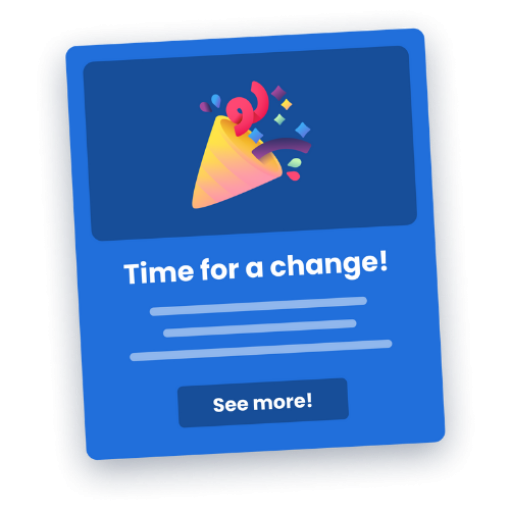
Boost product adoption with in-app messaging
Get started free with Chameleon and harness the power of product tours, tooltips, checklists, and surveys.

